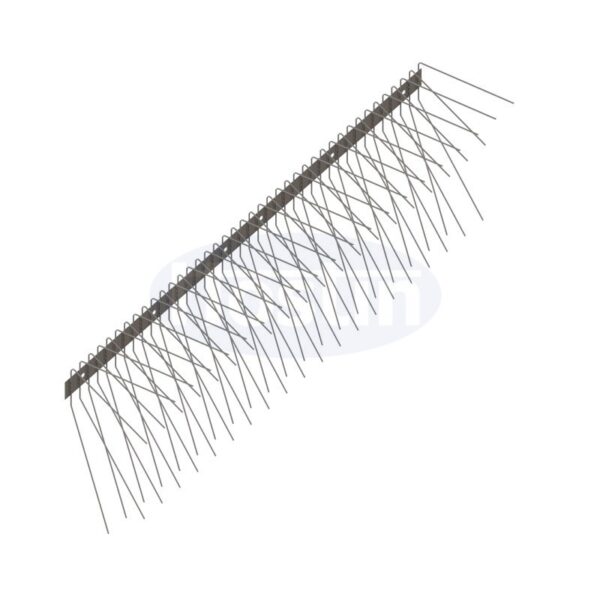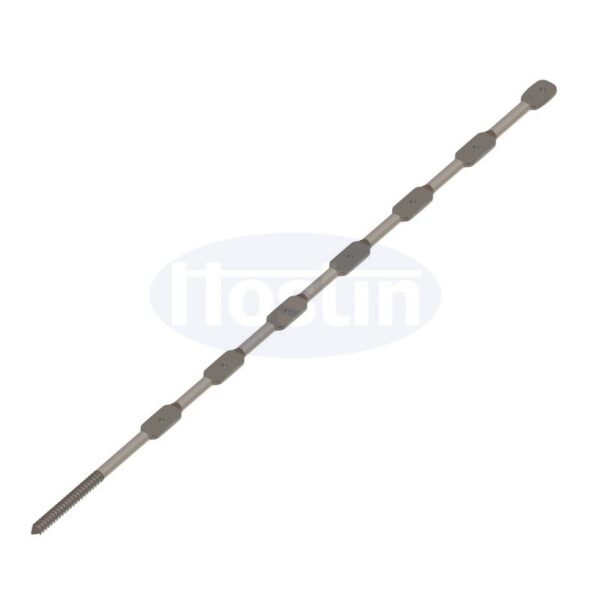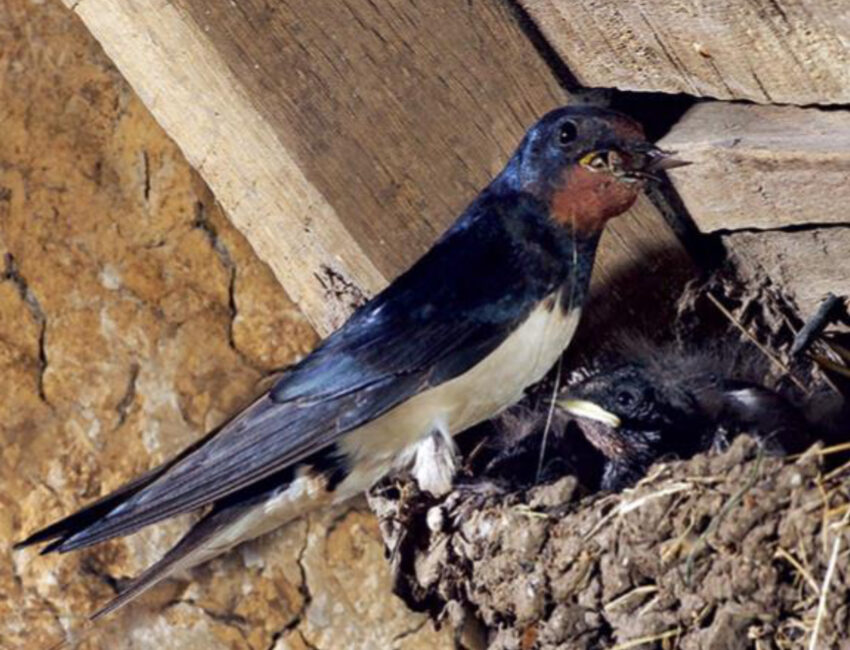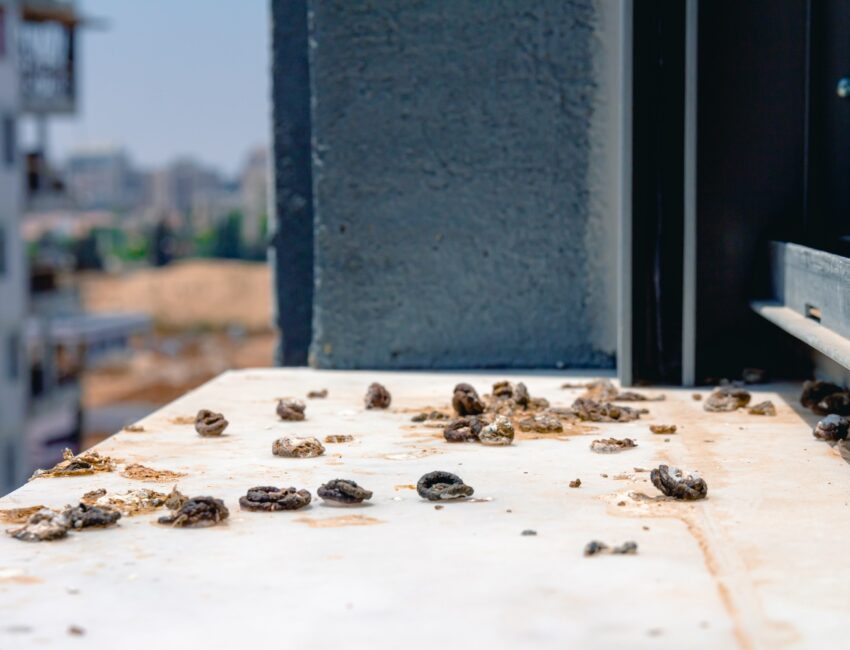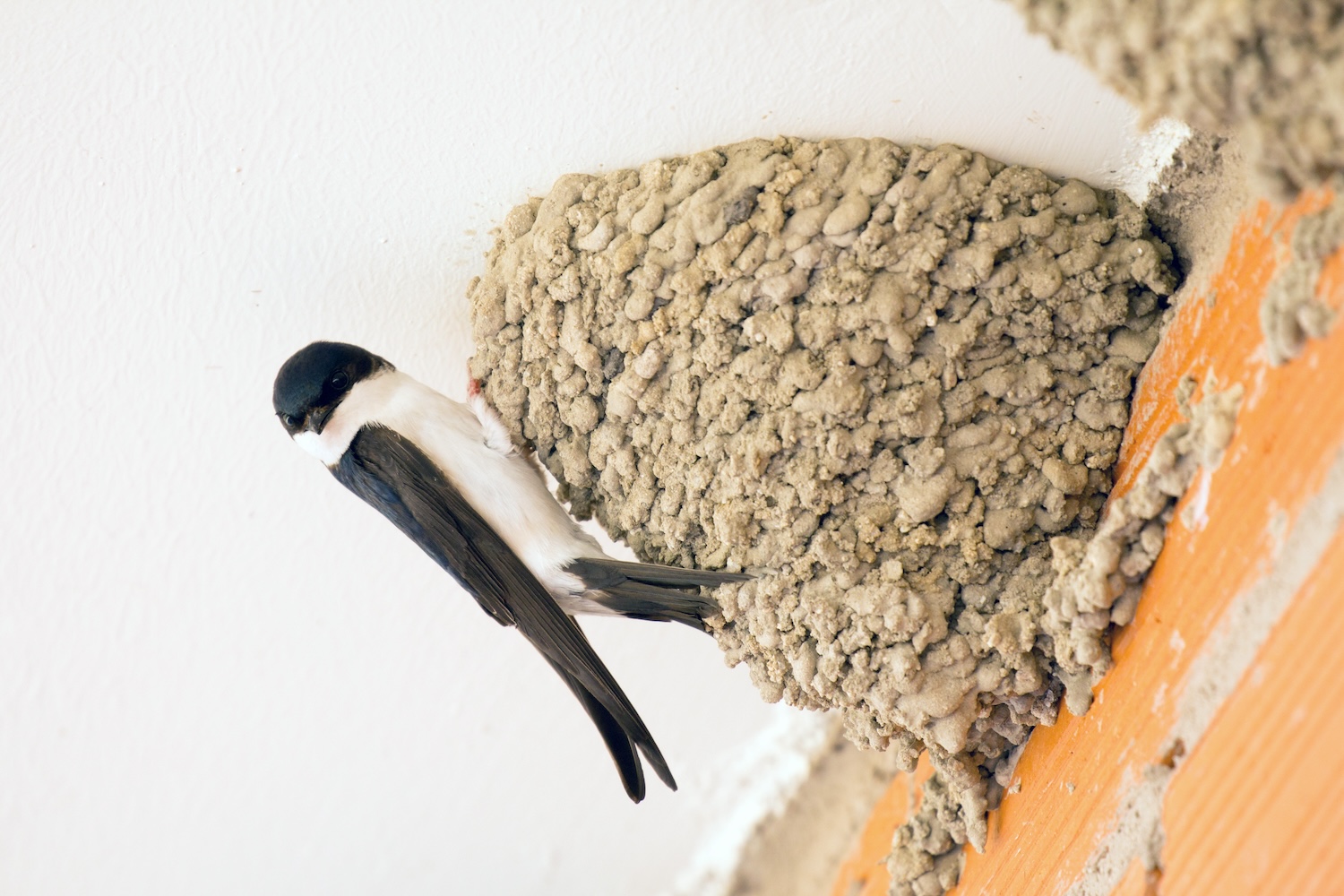
Lastovičky sa spájajú s radom povier a mýtov, majú symbolický význam a aj preto si získali srdcia mnohých ľudí.
Swallows are associated with a range of superstitions and myths, they have symbolic significance and for the same reason, have won the hearts of many people.
Undoubtedly, they are beautiful birds with elegant movements, heralding the arrival of warm days and spring with their presence. During their tireless flight in the air, they procure food. They feed exclusively on insects, especially flies, and for this reason, they are very useful to humans as well. Their delicate bodies are adapted for long-lasting flight. They can fly for three days straight and even sleep while flying. During a single migration, they can cover up to thirty thousand kilometers. Their journey to warmer climates can take a full five weeks.
A symbol of prosperity
Folk tales claim that when swallows choose their home, they bring a sense of domestic comfort and prosperity. Ironically, the swallows enjoy this more than you do. Before you know it, they have settled in. They start building their nests out of clay, mud, straw, grass, bird feathers, or animal fur. They carry the materials in their beaks and stick them to rough surfaces under the eaves, which provide good stability in adverse weather. These nests can last for several years. They are usually placed on eaves and in the corners of houses. And then comes the real problem—your house gets dirty and the façade is damaged. The daily falling of swallow droppings, mud softened by rain, or blades of grass, along with continuous swooping and noise, can make your life quite unpleasant for a long time. The female swallow lays four to five eggs, on which she sits for about two weeks. The parents take care of the offspring for about three weeks. Swallows usually raise two, sometimes even three, generations of offspring per year.
The return of swallows
It is important to realize that the problem does not end with the season. Swallows typically arrive in Europe from Africa in March or April and return south in September or October. A swallow can navigate the challenging journey home without a map or GPS and prefers to return to the same place. Even young birds build their nests near the place where they hatched. Accepting these legally protected birds and supporting their natural breeding cycle, despite the damage they may cause to property, is not easy. Furthermore, removing a nest, especially during the nesting period, can result in a fine of up to 10,000 euros.
How to prevent swallows from nesting at your place?
Since swallows prefer places with the presence of insects and flies, regularly cleaning the façade and removing the insects using safe and appropriate methods can reduce the likelihood of them choosing your place as their new home. A solution might also be to gently redirect the swallows to start building their nest on a barn or agricultural building or even offering artificial nests. If swallows have already tried to build a nest on your façade, you can use swallow deterrents. Installing fine mesh or net can help in areas where other methods are ineffective. Another effective solution is a spike or wire barrier system.
Check out our portfolio of barriers against swallows.
